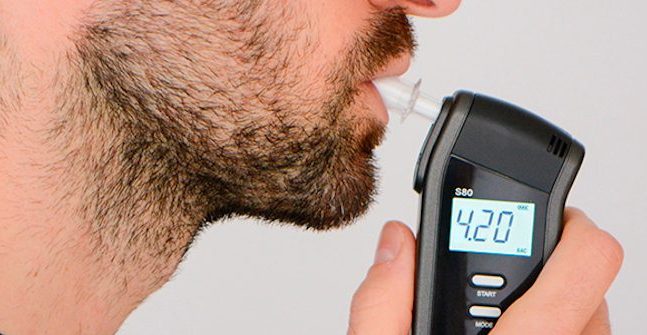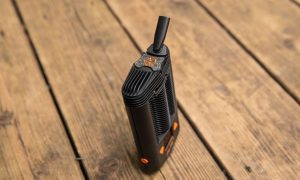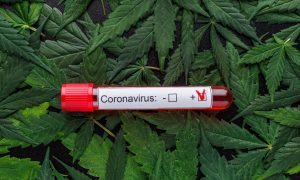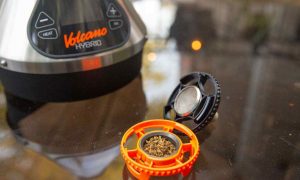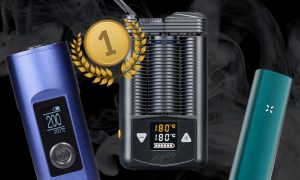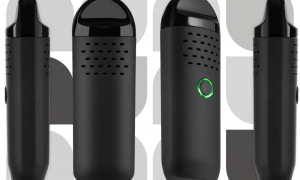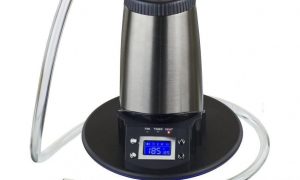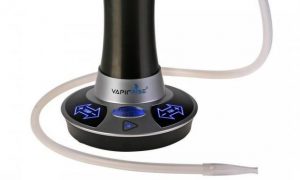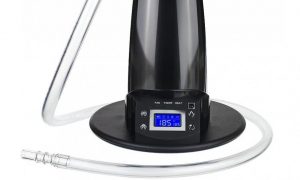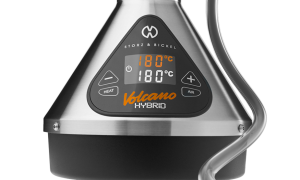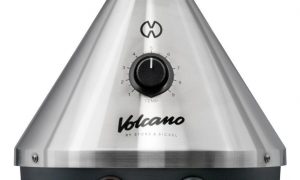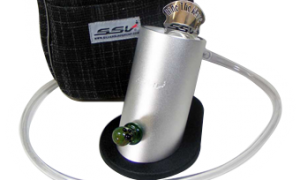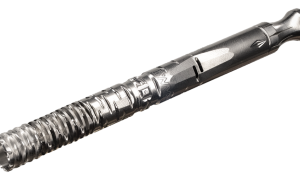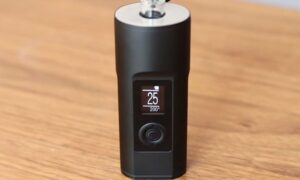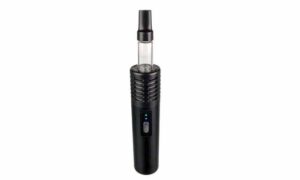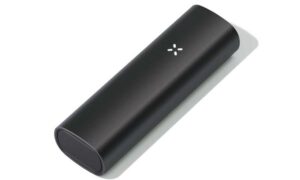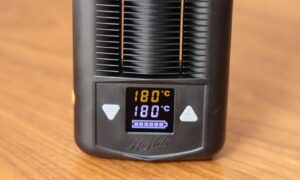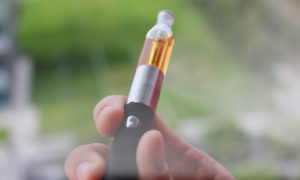By Jeff Hale for marijuana.com
Scientists believe they are one significant step closer to developing reliable marijuana breathalyser technology suitable for roadside intoxication tests.
The National Institute of Standards and Technology (NIST) has recently announced the results of a study on the fundamental physical properties of delta-9 tetrahydrocannabinol (THC) that could change the way law enforcement and the judicial system measure and enforce marijuana intoxication for years to come.
Published in Forensic Chemistry, the study shows how NIST researchers measured the vapour pressure of THC — something that’s proven difficult to accomplish in the past due to the relatively large size and complexity of the THC molecule.
“Vapour pressure describes how a compound behaves when it transitions from a liquid to a gas,” said Tara Lovestead, a NIST chemical engineer and the lead author of the study. “That’s what happens in your lungs when a molecule leaves the blood to be exhaled in your breath. So if you want to accurately measure blood levels based on breath, you need to know the vapour pressure.”
Traditional breath analysers used to “estimate” blood alcohol content (BAC) from a sample breath take a precise measure of the ethyl alcohol molecule. Once alcohol has been consumed, it is absorbed into the oxygenated bloodstream via the small intestine and passes through small air sacs in the lungs where it (ethyl alcohol molecule) can be expelled with a breath and measured.

Credit: Kelly Irvine/NIST
But unlike the large and complex THC molecule, the ethyl alcohol molecule is small and escapes into the air with ease — its high vapour pressures makes it relatively easy to measure. The THC molecule, on the other hand, has very low vapour pressure — its complex shape keeps THC molecules stuck together.
An Explosive Discovery
In 2009, researchers attempting to “sniff the air” for traces of explosives at airports developed a technology called PLOT-cyro (porous layer open tubular cryogenic adsorption). “PLOT-cryo is an extremely sensitive technique for capturing and analysing things in the vapour phase,” said Tom Bruno, NIST research chemist and co-author of the marijuana breathalyser study. “It was a natural candidate for this type of problem.” The technology is in use today to “sniff fire debris for evidence of arson and to find clandestine graves by following the faintest scent of decomposition.”
NIST researchers turned to the PLOT-cryo technology to measure escaping THC molecules from a pure THC sample purchased through a DEA research license. Once measured, researchers could calculate the elusive vapour pressure.
A Measurement Makes the Difference
The NIST contributes to alcohol breathalysers by manufacturing ampules of ethyl alcohol mixed to extremely precise concentrations. Law enforcement agencies around the country use these precise mixtures as a standard reference to calibrate their breathalysers, ensuring various equipment across jurisdictions produces consistent results. “Fundamental measurements are the basis of standardisation,” Bruno said. “We’re laying the foundation for the reliable systems of the future.”
It is believed that the same process could be used to calibrate THC breathalysers in the future.
This article was originally published on marijuana.com. Read the original article.

